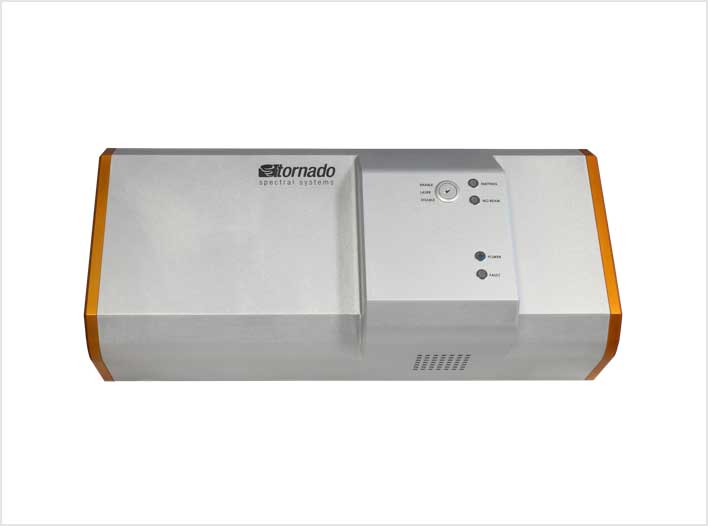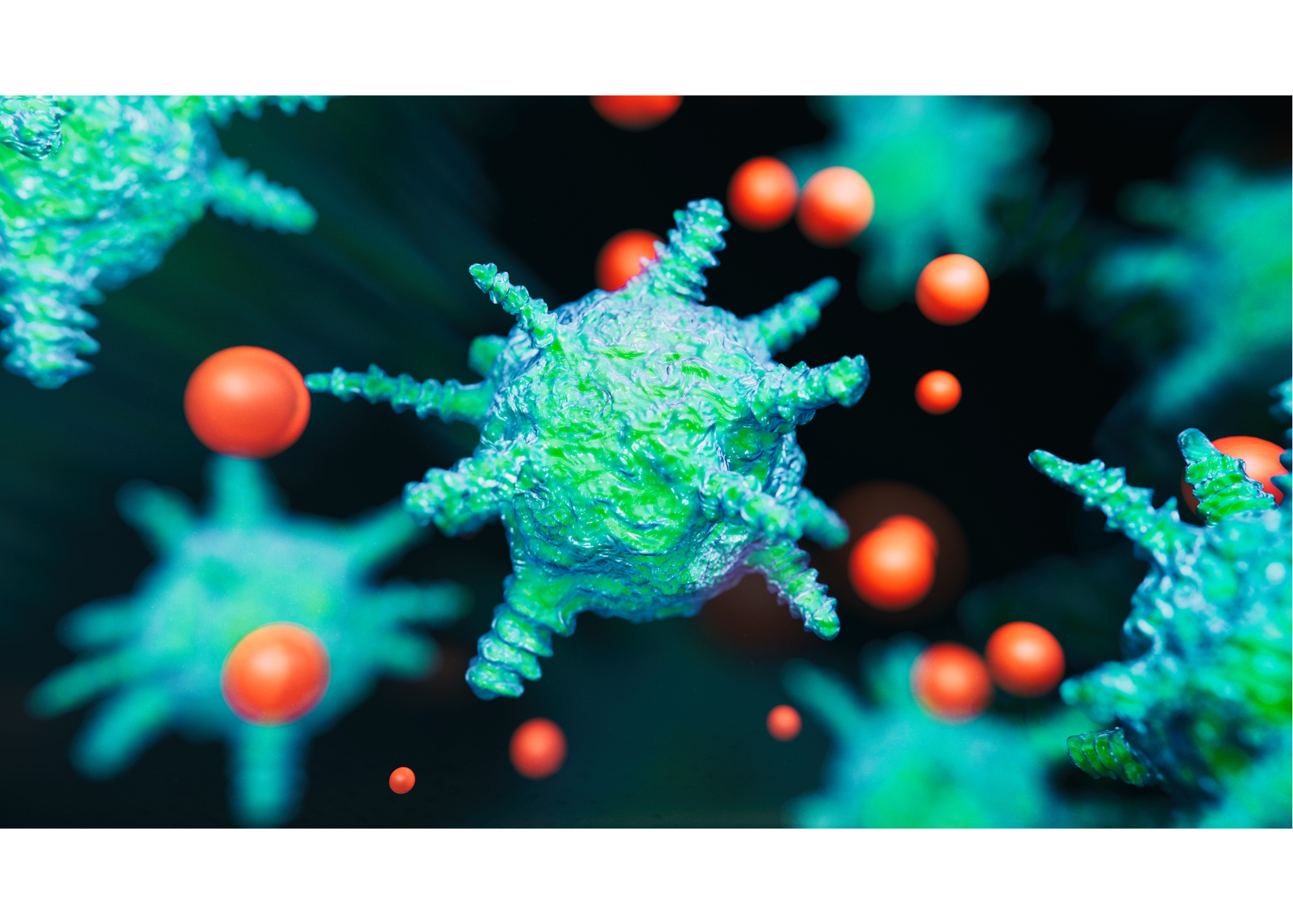The United States, Food and Drug Administration (FDA) Conducts a Comprehensive study using Tornado’s HTVS-enabled Hypeflux PRO Plus (HFPP) and Bioimmersion probe.
The study, Raman Spectrometry as a tool to study minimization of batch age effects and make product quality decisions for biotherapeutic antibody production, was shared at the 2023 FDA Science Forum at the Product Development and Manufacturing session.

The study illustrates the value of Raman Spectroscopy as a relevant cost-saving PAT tool while elucidating methods to enhance or achieve superior outcomes using the technique. According to the study, Raman’s ability to non-destructively assay chemical composition and molecular structure using visible or near-infrared radiation makes it an ideal PAT to monitor bioreactor conditions in real-time, it uses the illustration of applications such as upstream manufacturing of biotechnology products, where real-time monitoring, feed-back, and control can result in substantial cost and time savings.
Raman spectroscopy presents an exciting opportunity as an emerging technology for monitoring and modeling critical quality parameters during the production of protein therapeutics. While it offers tremendous potential, it’s essential to acknowledge that the performance of Raman models may sometimes be influenced by batch age effects. In this study, we will showcase effective techniques to quantify and mitigate the influence of these effects, ultimately leading to more robust and reliable models.
Due to the complexity of Raman spectra, multivariate calibration models are used. This study aims to reveal that frequently employed model summary statistics may exaggerate the reproducibility of multivariate calibration models developed using data from upstream biomanufacturing processes. Additionally, it illustrates how the model’s reliance on component collinearity can be assessed through its score space and demonstrates the utility of supplementation experiments in reducing the model’s dependency on component collinearity.
The comprehensive study in question is readily accessible on the official FDA website, and you may conveniently access it through the following provided link.
Furthermore, for those interested in obtaining the poster presentation associated with this study for further reference or in-depth examination, it is readily available for download, and you can access it by simply clicking on the following link.
We encourage interested parties to explore the findings and insights within the study, as well as the informative poster presentation for a more comprehensive understanding of the key takeaways and implications.



